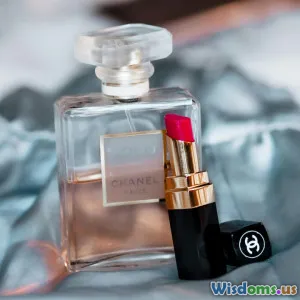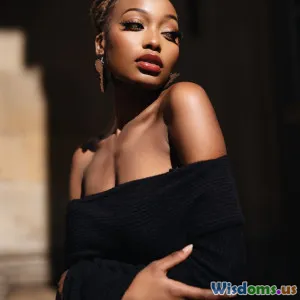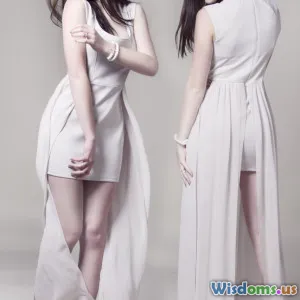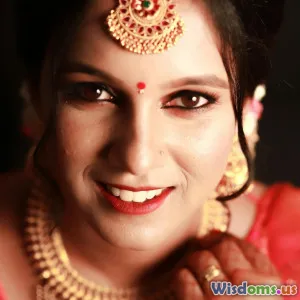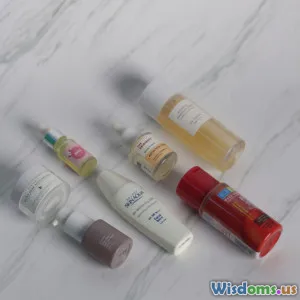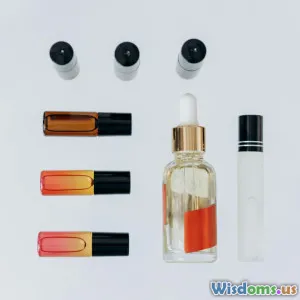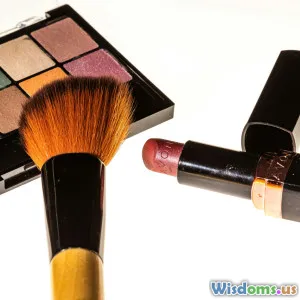Story Of Iconic Red Carpet Beauty Fashion Pairings
17 min read Discover unforgettable red carpet moments where fashion and beauty effortlessly align, creating iconic style pairings throughout awards-show history. (0 Reviews)The Story of Iconic Red Carpet Beauty & Fashion Pairings
Lights flash, cameras whirl, and all eyes are on that one glamorous arrival: the entrance of a star whose beauty and fashion pairing becomes the stuff of legend. Such moments don’t happen by chance—they're carefully orchestrated collaborations that marry couture with artistry. Through the decades, red carpets have not only celebrated headline-grabbing outfits but also the synergy between hairstyle, makeup, and wardrobe that transforms celebrities into timeless icons. Let’s journey through the unforgettable unions of beauty and fashion that defined eras, launched trends, and reshaped the language of celebrity style.
Marilyn Monroe’s Golden Glow at the 1953 Oscars
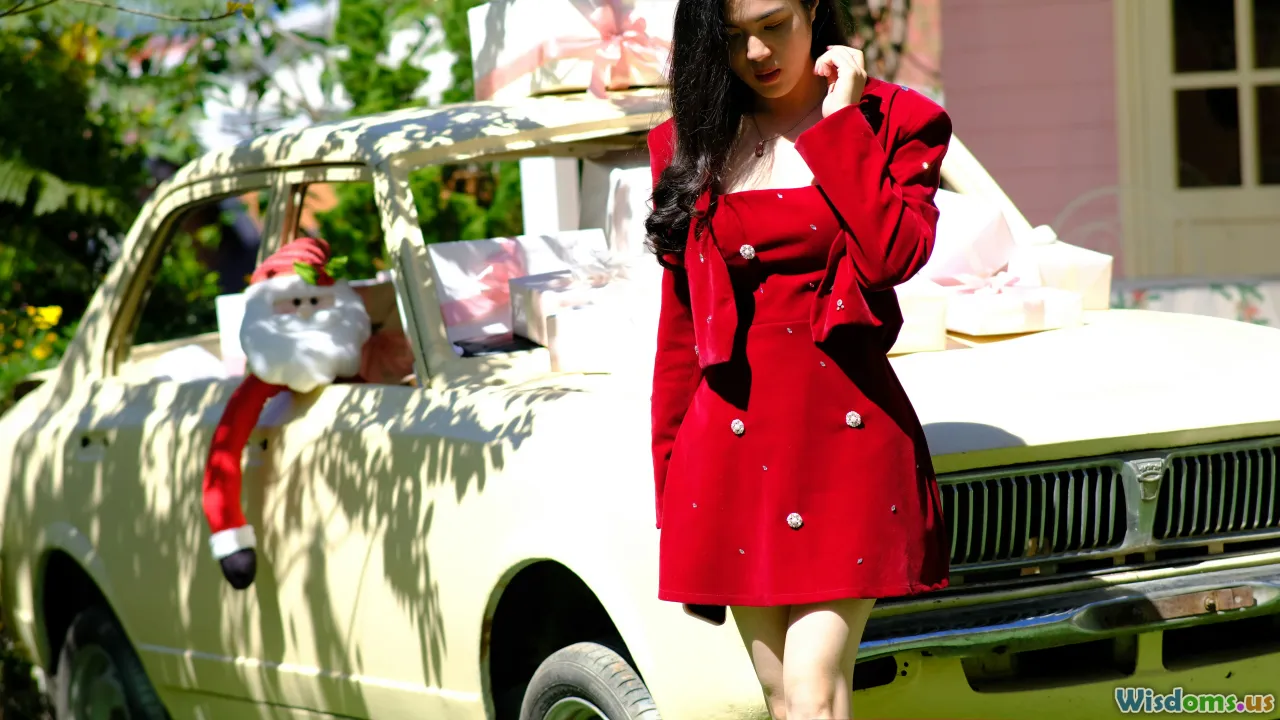
In Hollywood’s golden age, few images are as enduring as Marilyn Monroe’s shimmering look at the 1953 Academy Awards. Swathed in a sparkling white Norman Norell gown, Monroe’s fashion choice positioned her as both goddess and girl next door. But it was her cherry-red lips, soft curls, and luminous skin that made this appearance unforgettable. Marilyn’s makeup artist, Allan “Whitey” Snyder, perfected her hourglass face structure through deft contouring—a concept avant-garde at the time. Monroe’s red lipstick was a custom mix—equal parts Revlon’s “Bachelor’s Carnation” and Guerlain’s “Rouge Diabolique.”
This pairing epitomized Old Hollywood glamour: flawless skin (aided by regular ice baths and Vaseline beneath foundation), subtle lashes, and that signature beauty mark. The aesthetic became the template for countless actresses—right down to Madonna’s 1980s homage. This was more than makeup and dress; it was mythmaking, solidifying the red carpet as a realm where beauty and fashion amplify one another.
Audrey Hepburn’s Little Black Dress and Micro-Fringe at the 1964 Oscars
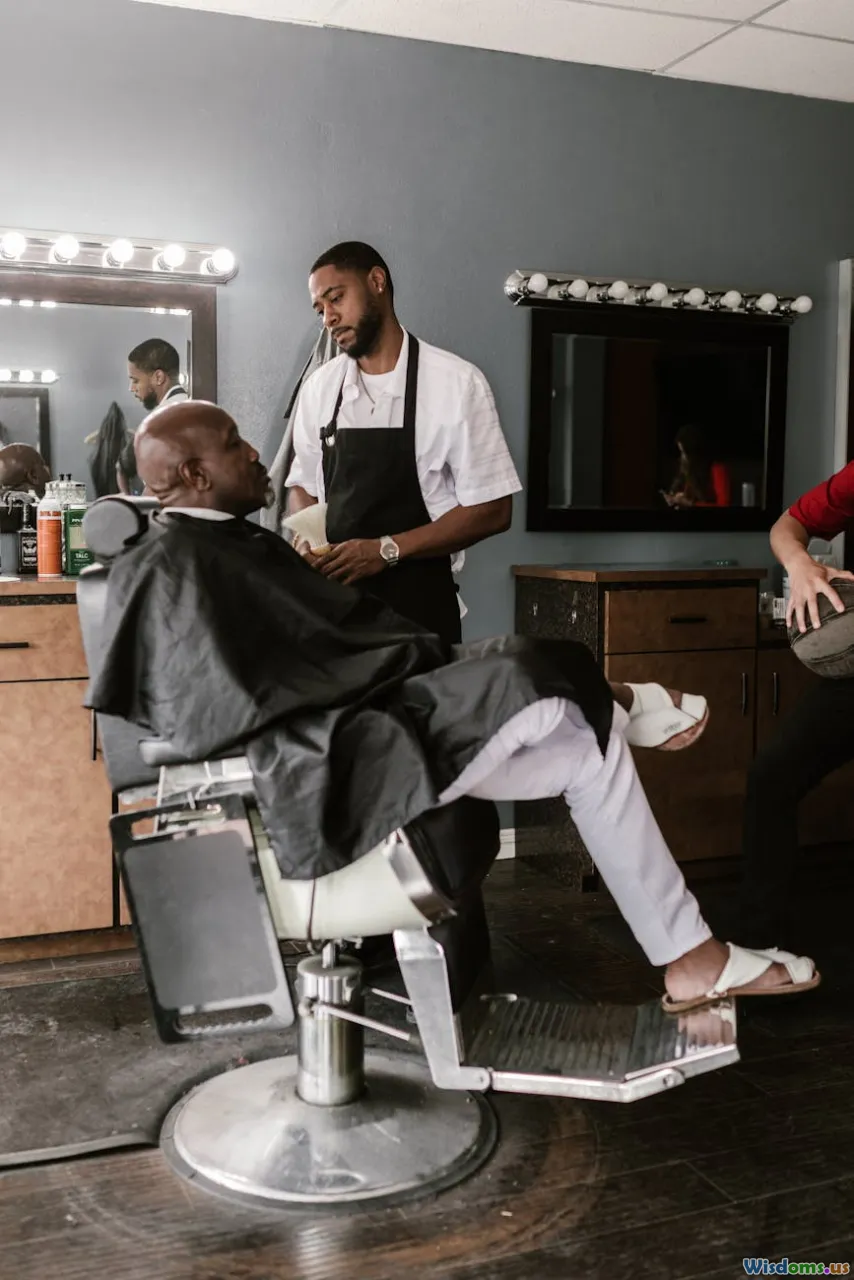
A few years later, style history was rewritten as Audrey Hepburn stepped onto the 1964 Oscars red carpet in a Givenchy white lace gown—essentially an evolution of her “Breakfast at Tiffany’s” black dress. Yet, what set the look apart was Hepburn’s commitment to understated elegance: her signature micro-fringe paired with dewy skin and softly-rimmed eyes created an air of approachable sophistication.
Here was the birth of a new kind of beauty-and-fashion pairing: less is more. Audrey’s hair, cropped close to maintain her elfin look, played foil to her demure dress. Cosmetic artist Alberto de Rossi utilized minimal product—just a sweep of eyeliner and pale gloss—to keep the focus on Hepburn’s natural beauty. The enduring legacy of this combination can be seen in every pixie crop or pared-back gown that graces the carpet today—a celebration of the subtle power in simplicity.
Cher’s Daring Bob Mackie Collaborations: Bold Beauty as Armor
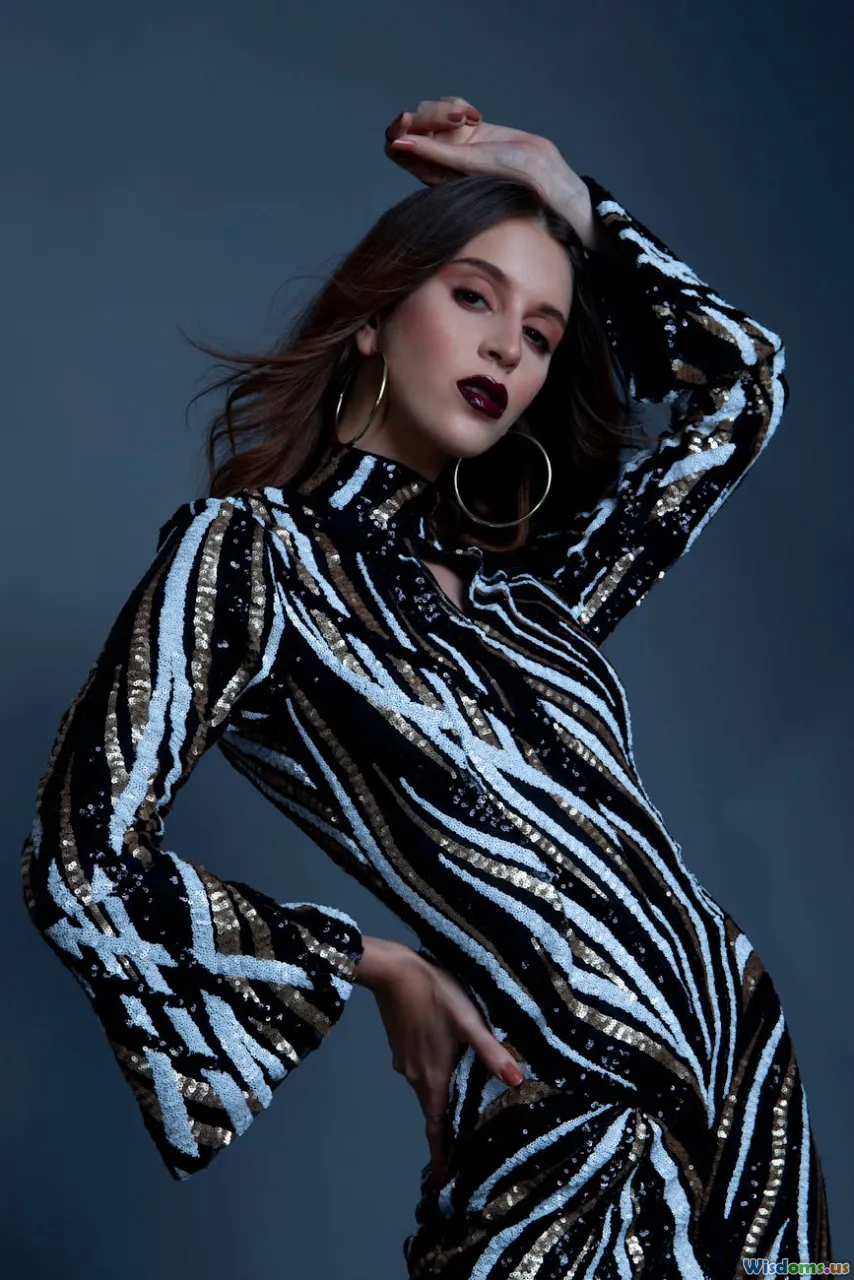
Seventies extravagance hit its apex whenever Cher appeared in a Bob Mackie creation. Who could forget her legendary 1986 Oscar look—bedazzled showgirl headdress and beaded skirt? But Cher’s fearless approach to beauty was as integral to the effect as the feathered spectacle. Her makeup, often created by Way Bandy, embraced striking contrasts: electric blue eyeshadow, winged liners, bronzed cheeks, and ultra-glossed lips.
Mackie’s costumes twisted the decade’s penchant for excess into performance art, and Cher’s beauty choices met them head-on. She wielded graphic eyeliner and experimental hairstyles—from skyscraper waves to pin-straight locks with dramatic center parts—as armor and wink. The duo’s collaborations made clear that on the red carpet, risk has its own reward. Their influence lives on in today’s willingness for celebrities to take bold, gender-bending risks (think Billy Porter or Janelle Monáe).
Princess Diana’s Sapphire Stunner: Regal Glamour Updated
When Princess Diana stepped out at the 1985 White House Gala in a midnight-blue Victor Edelstein gown, she reminded the world that royal style could be both sophisticated and approachable. The gown, instantly iconic, channelled the elegance of Hollywood but made it regal. But Diana’s beauty pairing truly modernized royal red carpet looks.
Diana favored softly teased, feathered hair (an 80s staple transformed by her personal stylist, Richard Dalton) and a gentle smoky eye paired with a muted pink lip. The effect was fresh, open, and relatable, counterbalancing the opulence of her jewelry (that dazzling sapphire choker) and gown. Today, the “Princess Diana effect” endures every time the House of Windsor hosts a gala, influencing the likes of Kate Middleton, who often nods to her mother-in-law through tailored silhouettes and minimal, natural makeup. The lasting lesson? Opulence is grounded in humanity when paired with approachable beauty.
Winona Ryder’s Pixie and Minimalism at the 1996 Oscars
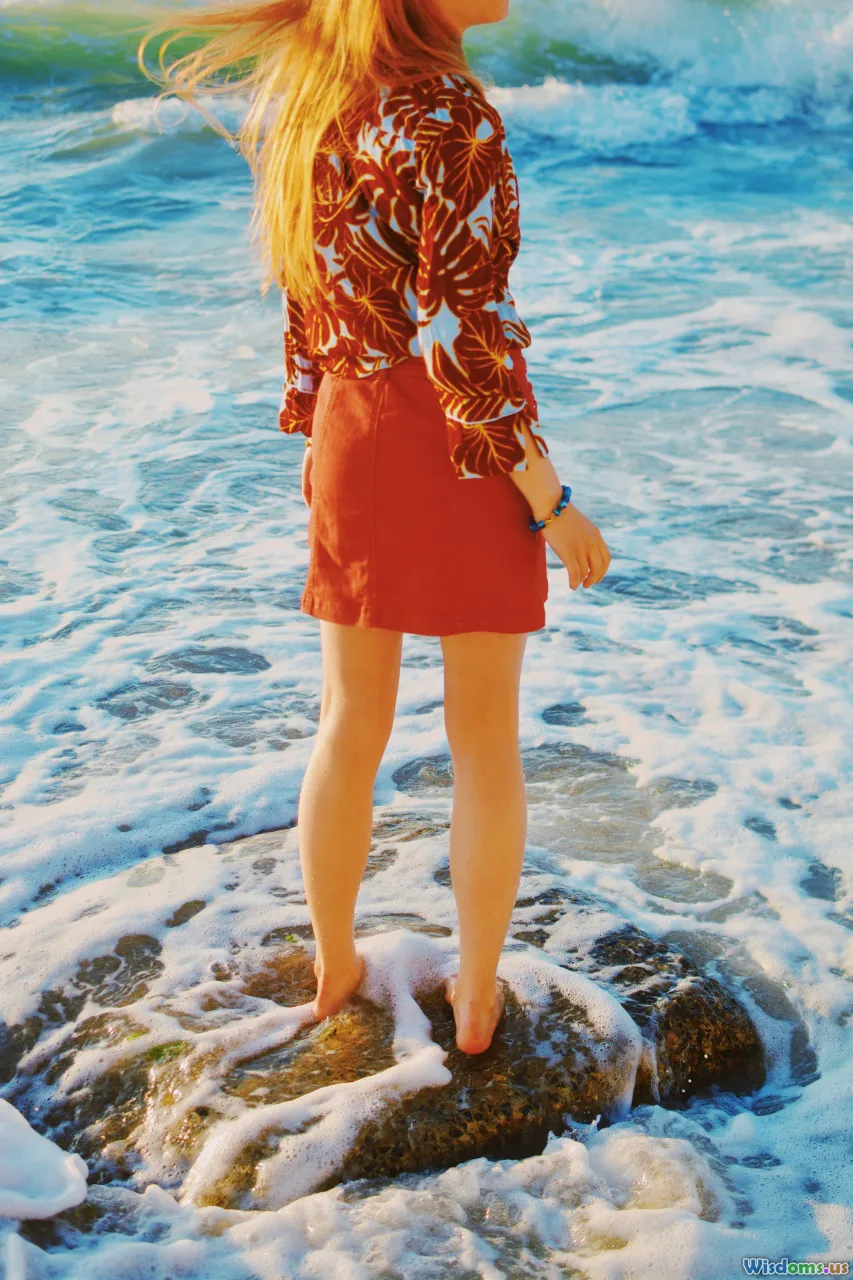
Fast-forward to the 1990s, and the pendulum has swung: out was excess, in was minimalism. Winona Ryder’s appearance at the 1996 Academy Awards—black vintage Alberta Ferretti slip, pale skin, blunt pixie chop—was a masterclass in ‘90s chic. On a carpet often crowded with maximalism, her androgynous, pared-down look delivered maximum impact.
Ryder’s team—stylist Kim Bowen and makeup artist Tricia Sawyer—kept it simple yet striking. The keys were “almost-nothing” makeup: sheer matte skin, lightly filled-in brows, and berry-stained lips. The short crop, left slightly tousled, challenged red carpet conventions that favored elaborate updos. Her minimalist pairing felt closer to downtown cool-girl than Hollywood princess, a seismic shift that soon found followers in Gwyneth Paltrow and Kate Moss. Minimal beauty and vintage fashion, together, signaled a hunger for authenticity in a manufactured world.
Jennifer Lopez and the Versace Jungle Dress: A Tech Age ‘Wow’ Moment
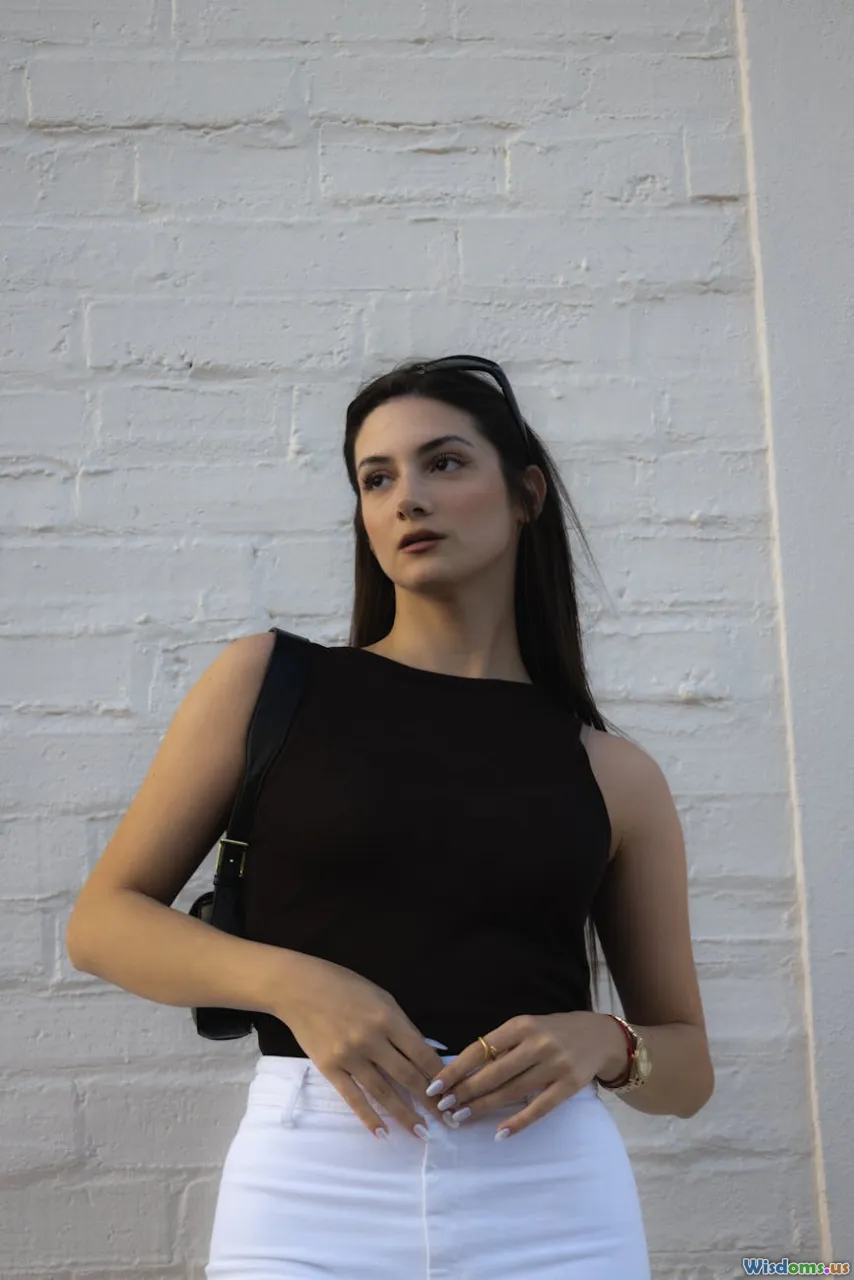
In 2000, Jennifer Lopez’s arrival at the Grammys in the plunging green Versace gown was so earthshattering, it reportedly inspired the invention of Google Images. But what took the look to megawatt status was how JLo’s beauty team complemented the risqué dress with healthy, luminous skin and fresh-off-the-beach hair.
Makeup artist Scott Barnes said the look “wasn’t about being cakey—it was glowing, sun-kissed skin.” Dewy highlighter, warm bronzer, a peach-nude gloss, and a subtle smokey liner paired with soft, loose waves embodied sexy, carefree confidence. Lopez’s bronze goddess aesthetic, set against the tropical boldness of the dress, gave women across the globe permission to lighten up on the powder and embrace natural radiance.
This strategic melding of beachy perfection with headline-making fashion would set the template for the Insta-glam beauty trends that have reigned since. Pairing bold dresses with effortless, glowing hair and skin is now de rigueur—for Lopez herself, but also everyone from Zendaya to Rihanna.
Lupita Nyong’o’s Cape and Crimson Eye at the 2014 Oscars
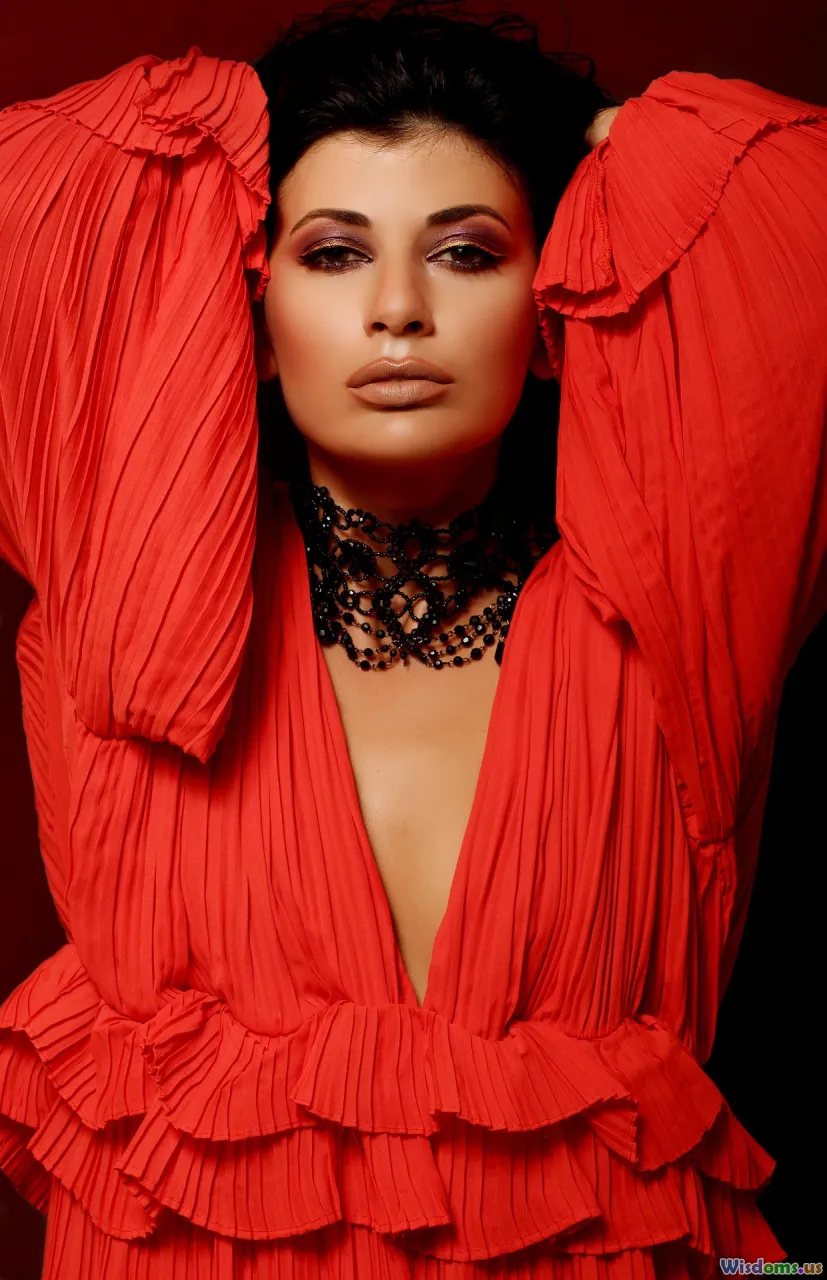
Some red carpet moments create shockwaves. Lupita Nyong’o’s 2014 Oscars appearance in her powder-blue Prada gown was one of them—and not just for the dress. Lupita’s beauty look marked a celebration of bold color and natural texture: a banded, sculptural updo, perfectly arched brows, a delicate gold dust along her hairline, and a poppy red-orange lip.
Her makeup artist, Nick Barose, selected the lipstick (Lancôme Rouge Absolu Lipstick in "Orange Toffee") to echo the undertones of her gown and Lupita’s radiant skin. Her beauty choices felt like a celebration of her heritage and skin tone, diverging from Hollywood’s monochromatic red carpet formula. Not only did this pairing inspire a fresh wave of colorful beauty trends (teal eyeliner became a best-seller overnight), but it also pushed the industry toward greater diversity—showing the widest possible spectrum of glamour could be authentically depicted and celebrated.
Zendaya’s Modern Reinvention: Past and Future Collide
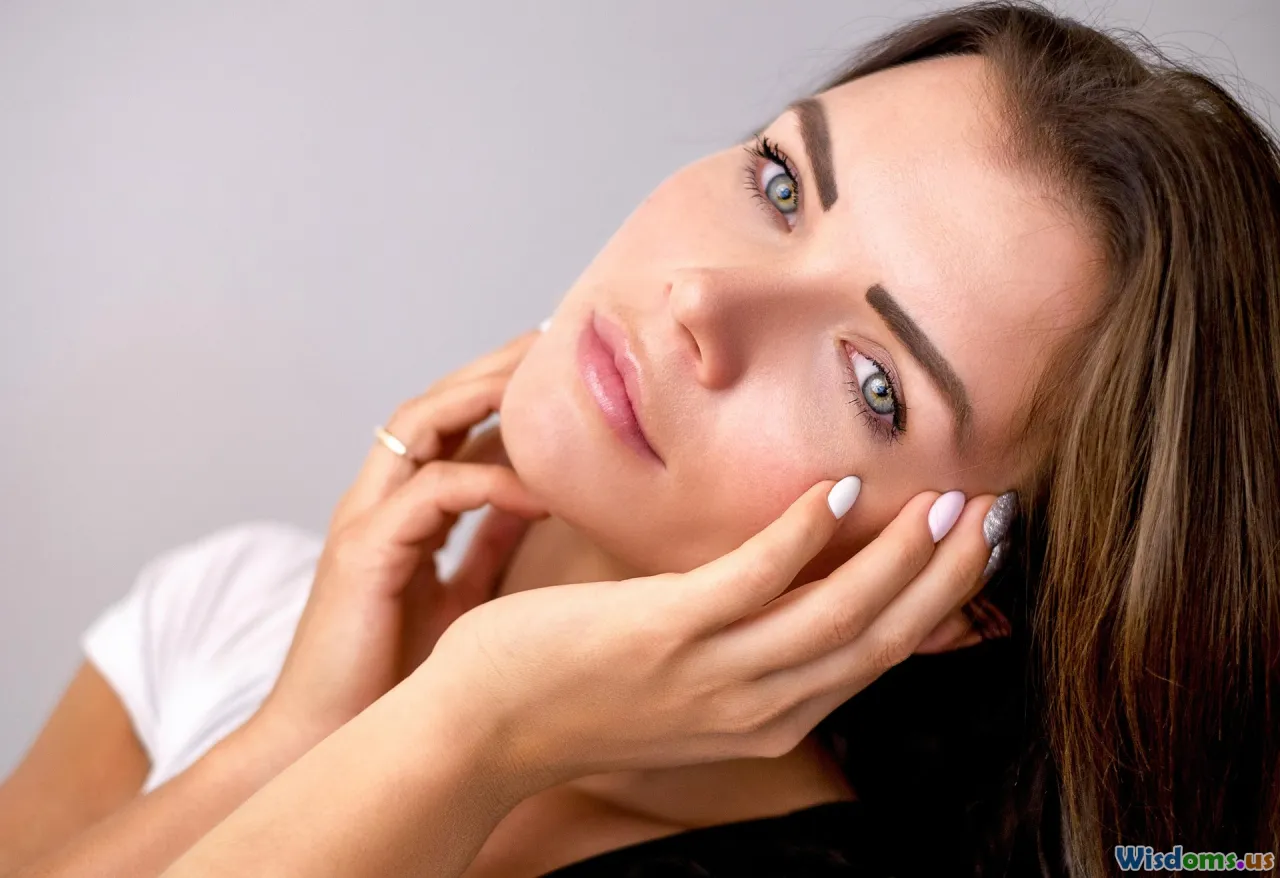
As red carpet language continues to evolve, few stars have the alchemical flair of Zendaya. Her 2021 BET Awards look—an archival Versace in purple and lime after Beyoncé’s 2003 Grammy gown—married vintage cachet with youthful irreverence. Her hair, an ultra-high ponytail, and glowy skin echoed early-2000s nostalgia but in a way utterly contemporary.
Zendaya’s stylist, Law Roach, and beauty artist, Sheika Daley, pull references from across decades but always land on what’s next. For the 2022 Oscars, Zendaya’s metallic silver cropped shirt and shimmering skirt, matched to silver-highlighted eyes and tousled, wet-look hair, established a new metallic minimalism. In each appearance, beauty and fashion reinforce each other—whether using a ’70s mullet, Billie Eilish-inspired dark eye, or ‘90s brick-lip. Zendaya’s mastery? Each element is chosen not to follow trends, but to remix—pushing the whole conversation forward.
The Anatomy of a Show-Stopping Beauty/Fashion Fusion
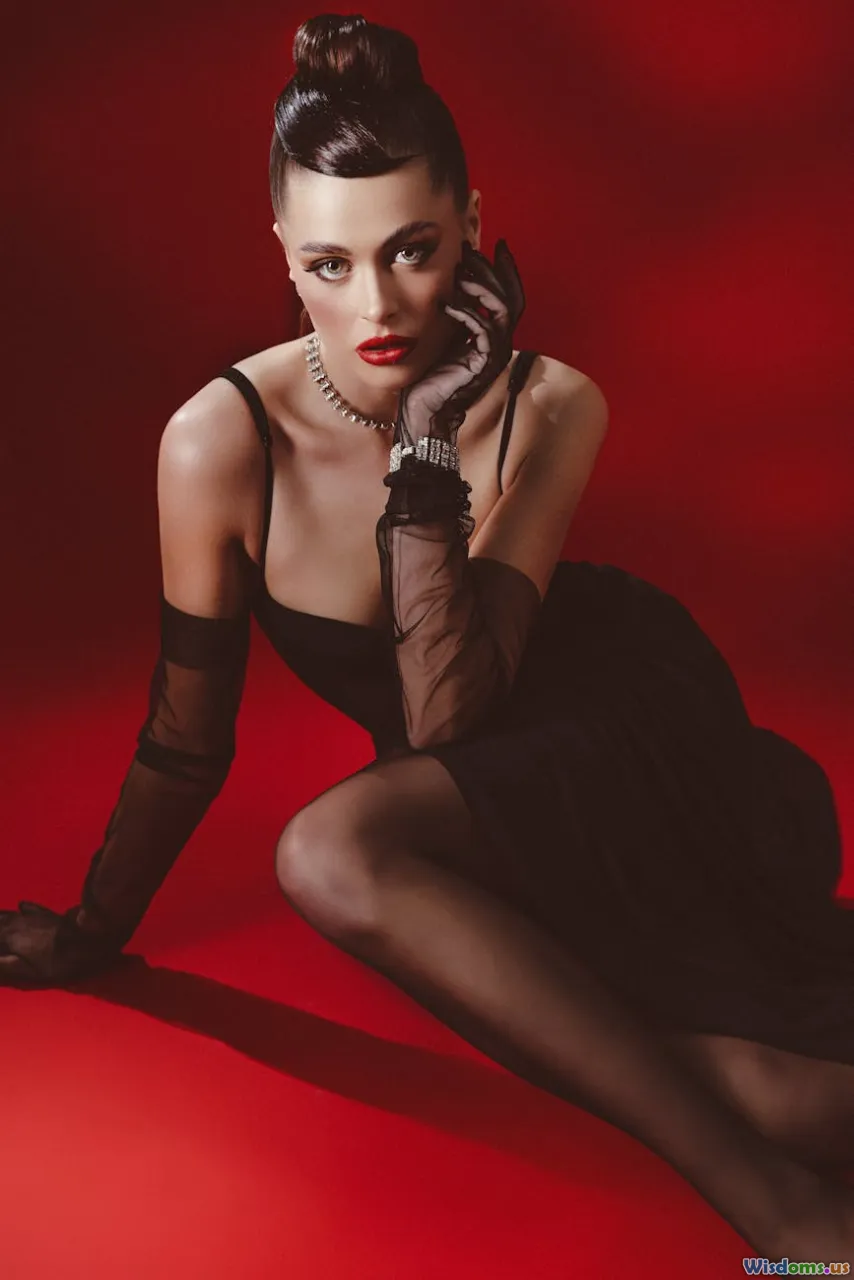
Red carpet beauty/fashion pairings are not accidents; they are the result of intentional, collaborative artistry. Here’s what separates the forgettable from the truly iconic, and how you can channel it for your next big moment:
1. Unify Theme and Tone
A look resonates when wardrobe and beauty share a clear story—be it Old Hollywood glamour or modernist minimalism. Referencing a particular era, mood, or reference—Marilyn’s 1950s movie siren or Lupita’s Afrofuturism—connects the pieces coherently.
2. Play Contrast and Balance
A daring outfit (like JLo’s plunge or Cher’s feathers) can be balanced by unfussy hair and simple makeup. Conversely, sleek lined eyes and a sculptural updo can set off a simpler dress. Great pairings avoid competing elements, instead creating dialogue.
3. Personal Signature
Every memorable look bears the individual’s stamp. Audrey’s micro-fringe or Zendaya’s rule-bending hair marks the moment and distinguishes it from lookalikes. Don’t be afraid to incorporate your unusual brow, lipstick color, or signature scent.
4. Collaborate, Don’t Copy
All the beauty/fashion legends worked closely with stylists and artists—so don’t shy from input, but don’t dilute your voice. Influence, don’t imitate.
How Trends Echo Through Decades: From Monroe to Modernity
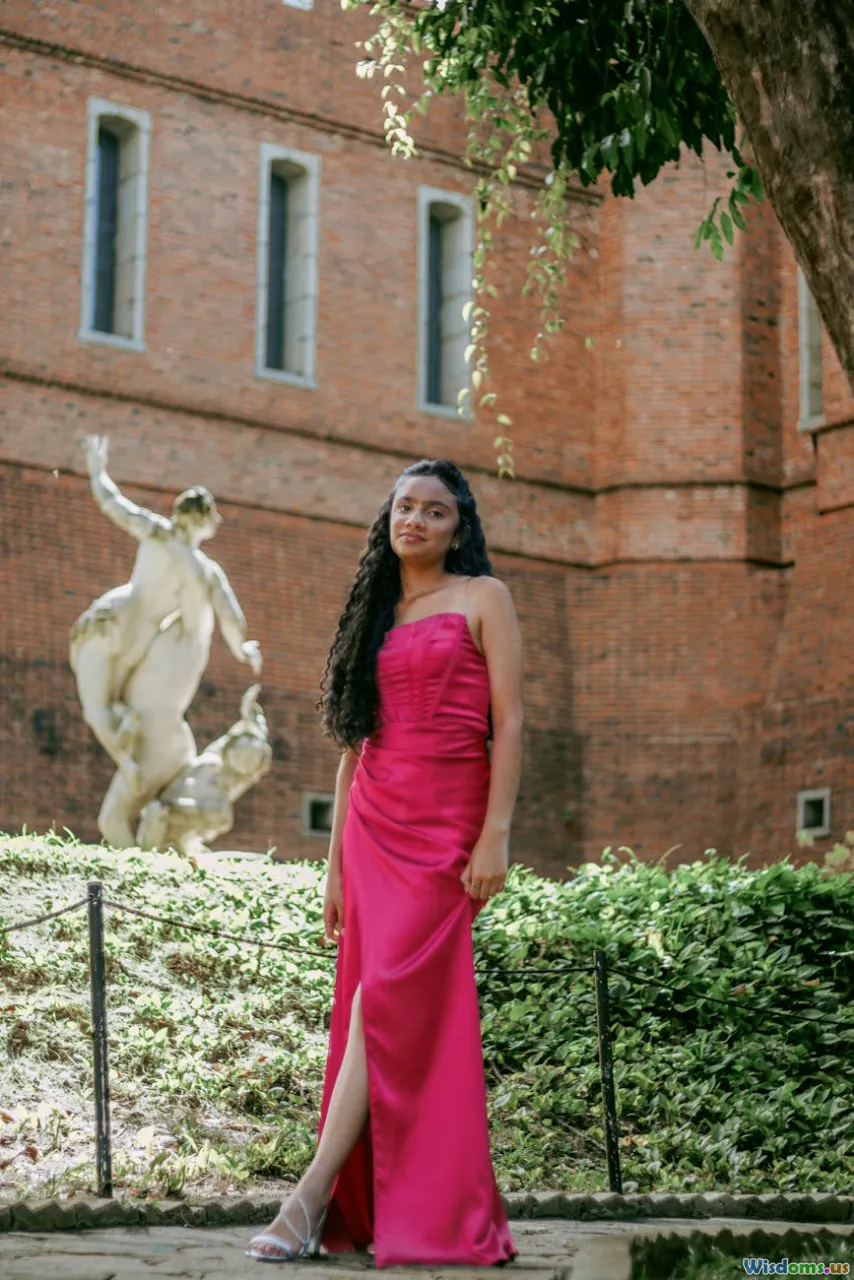
Looking back, the red carpet’s evolving beauty/fashion combinations have moved in fascinating cycles. The bombshell glamour of the 1950s (Monroe) rebounded to swinging ‘60s minimalism (Hepburn), gave way to ‘70s theater (Cher), and circled back to ‘90s minimalism (Ryder). Early 2000s shine (JLo) paved the way for diverse, inclusive approaches (Lupita, Zendaya).
This evolution speaks to wider cultural shifts: demands for authenticity, wider representations of beauty, and an ever-expanding definition of glamour. Each new pairing stands on the shoulders of the last, echoing old ideas but remade for the moment.
The next time the world gasps at a red carpet reveal, remember the invisible hands, collaborative energy, and inventive spirit behind every stunning effect. The best beauty and fashion pairings are more than their component parts; they’re pop culture poetry—once written, forever recited, and always inspiring the next verse of style.
Rate the Post
User Reviews
Popular Posts










